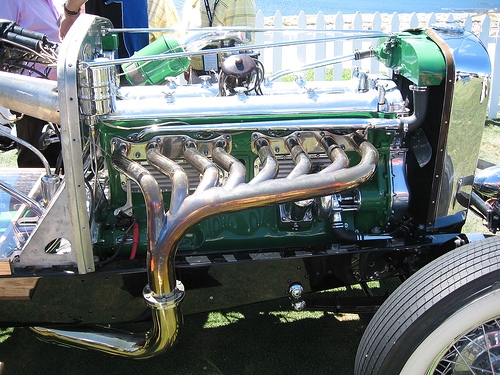
There have been many advancements over the years in the effort to reduce automobile emissions. These include removing additives like lead from gasoline, developing engines that get better mileage and installing parts to reduce emissions. One such part is the PCV valve.
PCV stands for positive crankcase ventilation. The PCV valve is a spring-loaded, one-way valve that ensures continual evacuation of gases from inside the engine.
The PCV valve sends partially burned gases from the engine's crankcase (where the power generated from the engine is converted into the energy that drives your car) back into the combustion chamber (where fuel and air are mixed and exploded under pressure), where the gases are re-burned.
The PCV system helps the environment by eliminating crankcase emissions, removing them as a contributing factor to air pollution. It can also help improve fuel mileage by capturing partially-burned gases and returning them to the engine to be re-burned.
A PCV valve can help extend the life of your car's engine by preventing the buildup of sludge in the oil and by keeping moisture out of the engine, preventing corrosion from appearing in the engine.
According to Yahoo Autos, varnish deposits can clog the PCV valve, so it must be replaced every 50,000 miles or so. Be sure to use a valve specific to your car--the wrong size valve can allow too much or too little airflow.